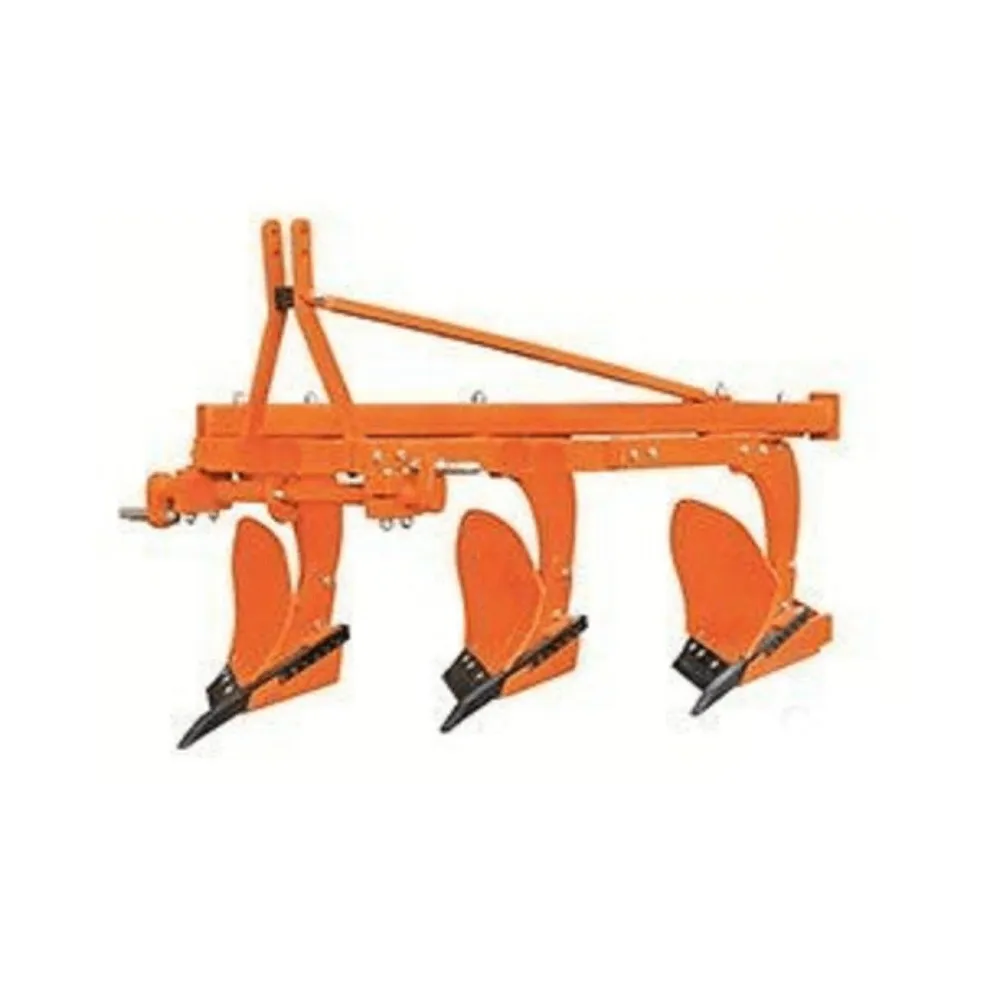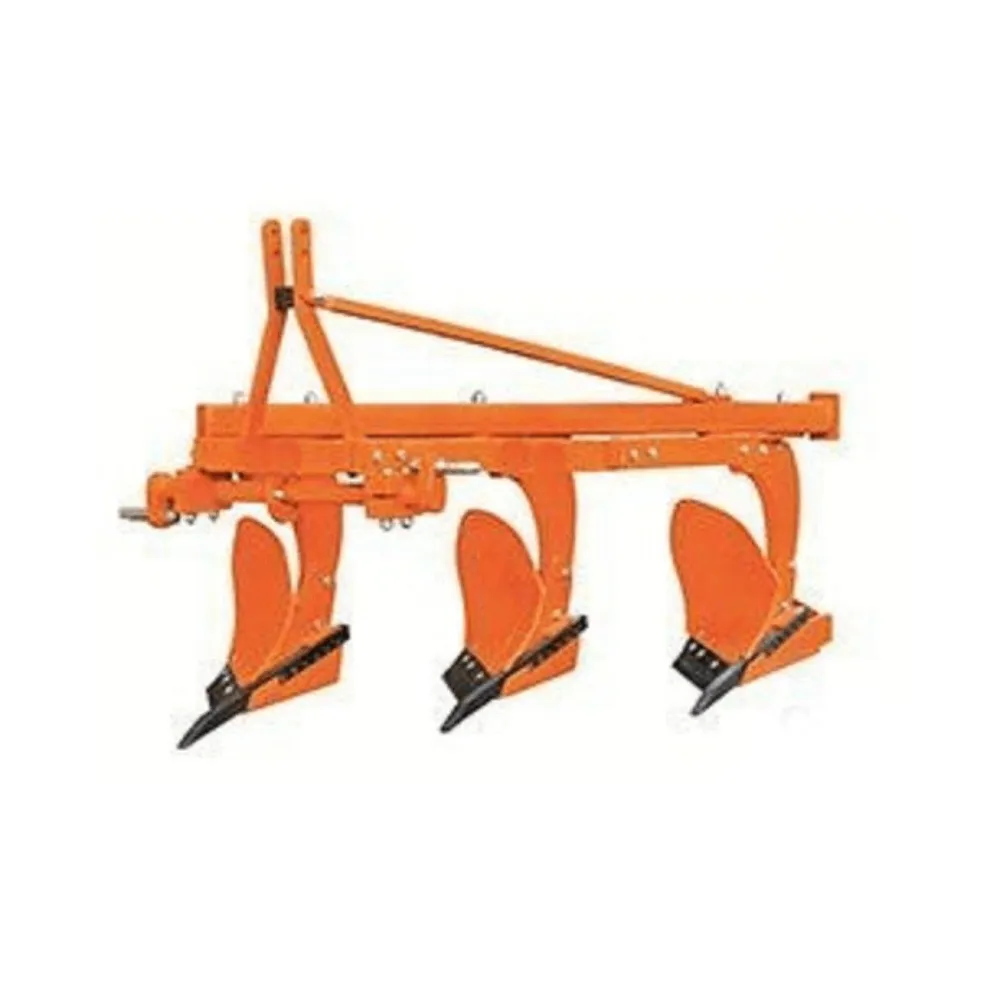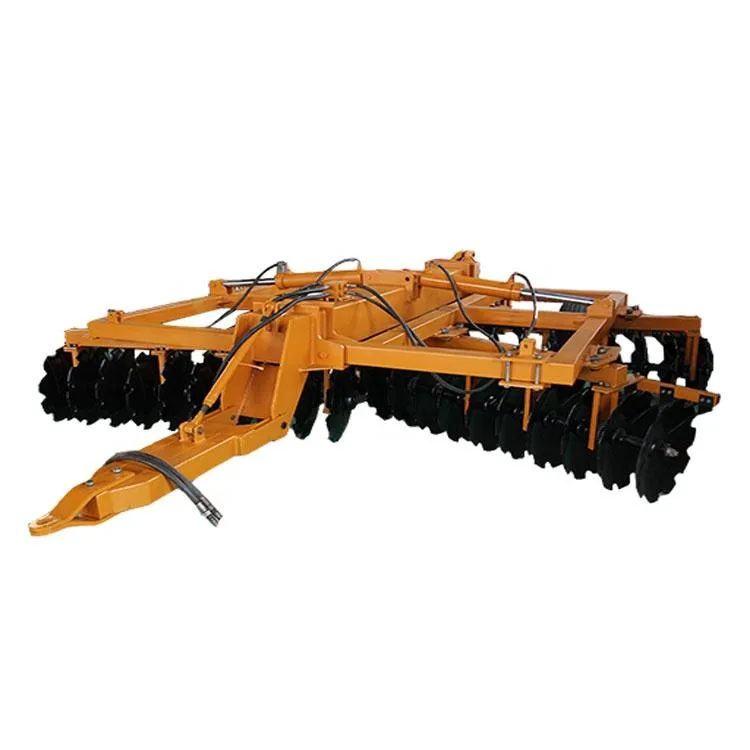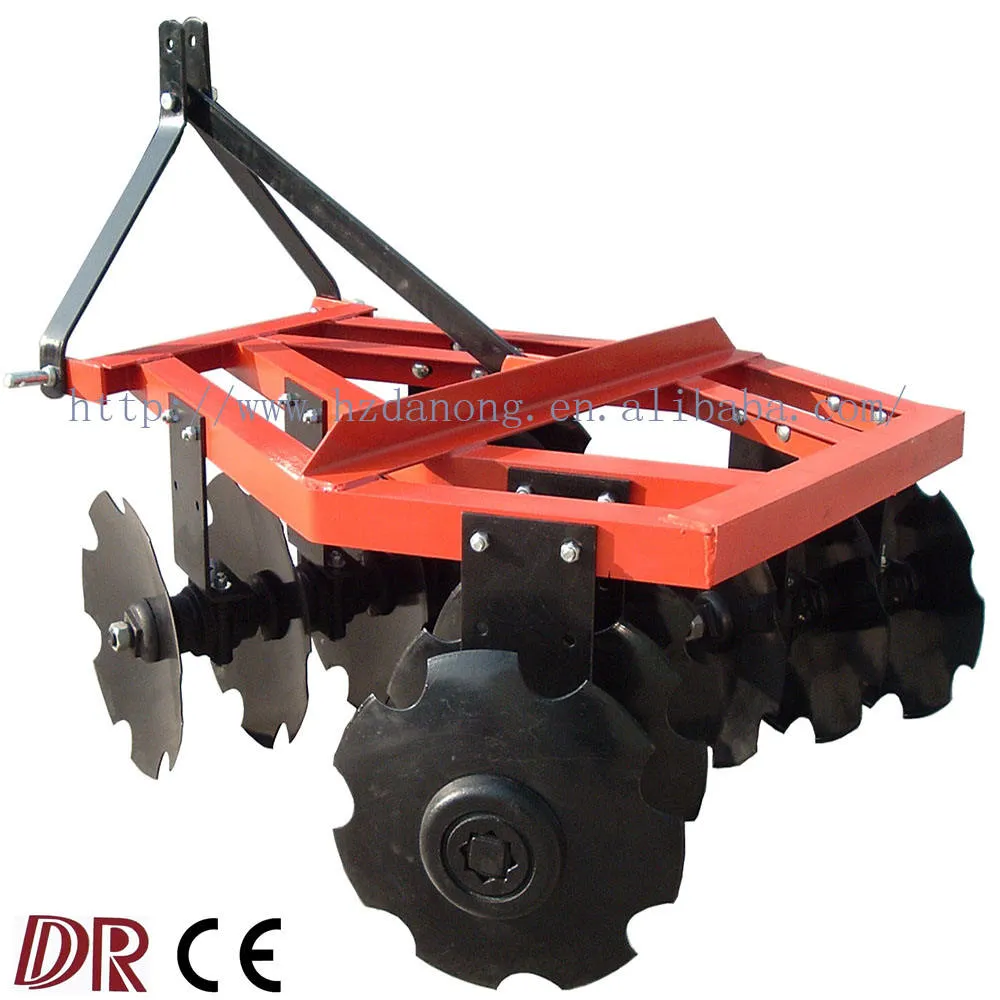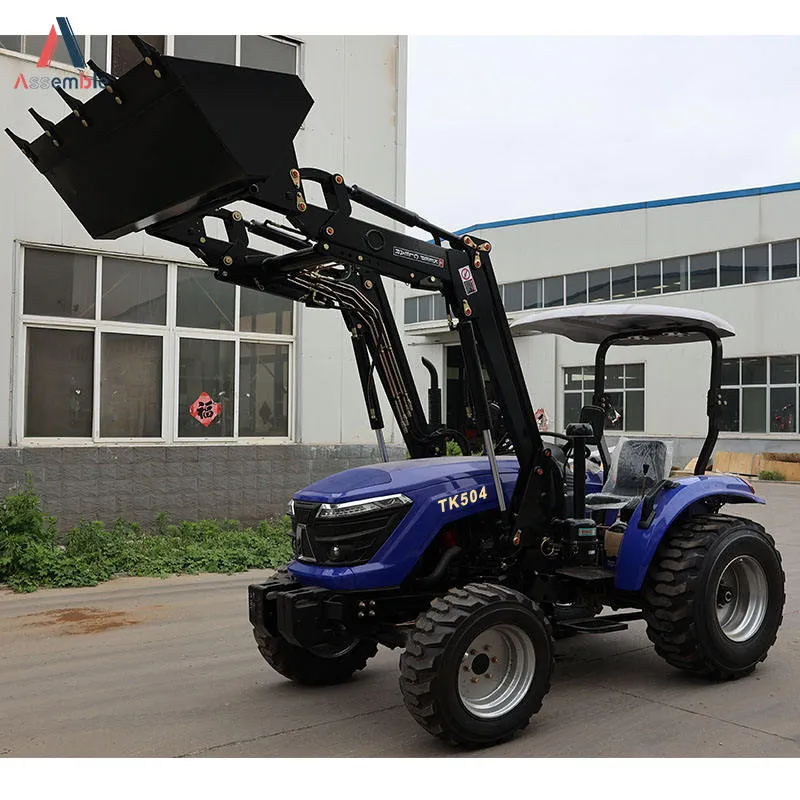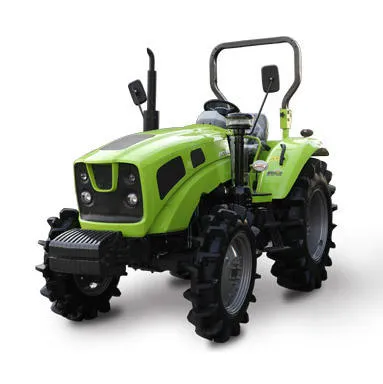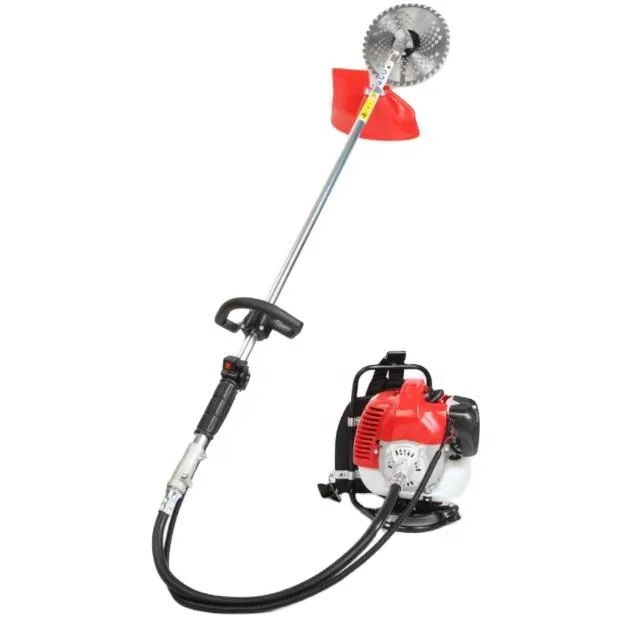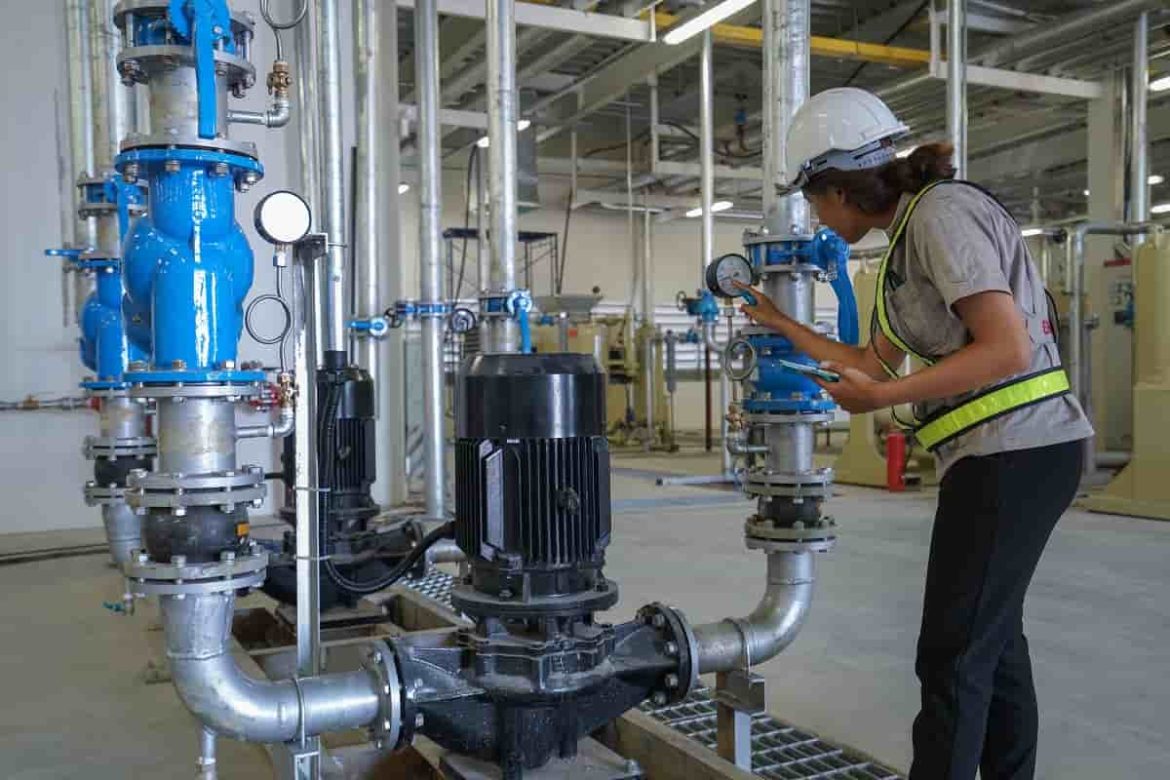The harrow tool has been a vital component in agriculture for centuries, significantly contributing to improving soil health and crop growth. This article will delve into the different types of harrows, their uses, and the benefits they provide to modern farming practices. From conventional to advanced harrowing techniques, this versatile tool has proven its effectiveness in seedbed preparation, weed control, and overall soil management.
Types of Harrows
Harrow tools come in a variety of designs and configurations, each serving a specific purpose in the field. The most common types include disc harrows, chain harrows, tine harrows, and spike tooth harrows. Disc harrows consist of a series of metal discs that break up soil clods, cut weeds, and mix organic matter evenly. Chain harrows, on the other hand, are ideal for leveling the field, spreading manure, and incorporating fertilizers. Tine harrows, equipped with springy curved tines, loosen the soil and remove small weeds, while spike tooth harrows effectively cultivate the soil, uproot weeds, and prepare seedbeds.
Uses of Harrow Tools
1. Seedbed Preparation: Harrows play a significant role in seedbed preparation, creating the ideal conditions for seed germination. By breaking up clods, smoothing the soil surface, and removing debris, harrows ensure a uniform seedbed that maximizes seed-to-soil contact, promoting optimal growth.
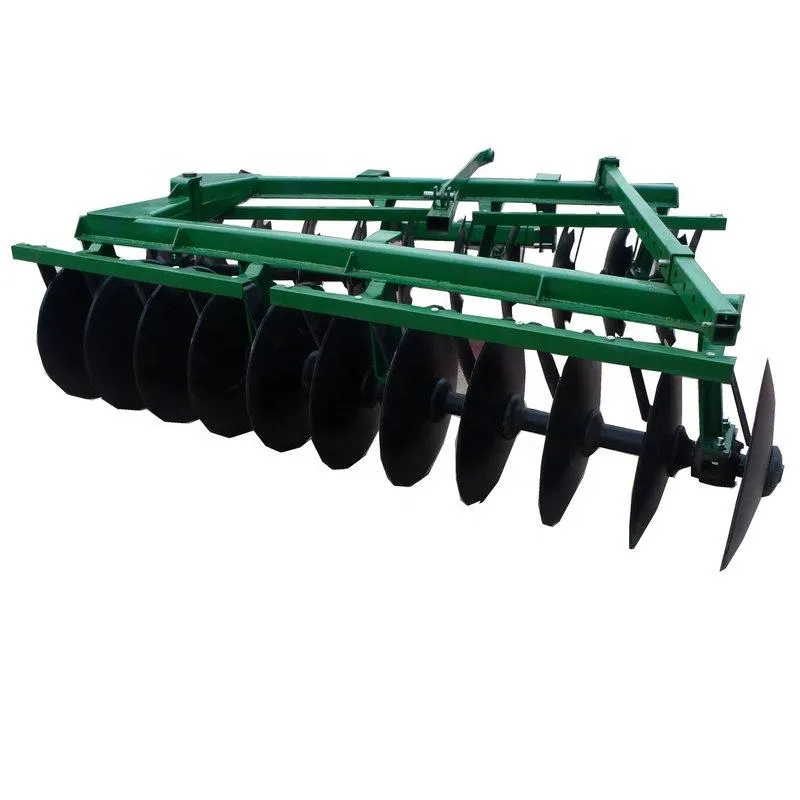
2. Weed Control: Harrowing interrupts weed growth by uprooting young seedlings and disrupting established root systems. Regular harrowing can significantly reduce weed populations, minimizing competition for nutrients, water, and light.
3. Soil Aeration: Harrows help in aerating the soil, improving its structure and drainage. By loosening compacted soil, they enhance root penetration, allowing plants to access nutrients and moisture more efficiently.
4. Incorporation of Amendments: Harrows can be used to incorporate organic matter, such as compost or cover crops, into the soil. This process enriches the soil with essential nutrients, improves water-holding capacity, and enhances overall fertility.
5. Pests and Disease Prevention: Harrowing can disrupt pest habitats and expose insect larvae to predators and extreme temperatures, reducing pest numbers. Additionally, harrowing can bury crop residue, reducing the risk of diseases caused by pathogens surviving between growing seasons.
Benefits of Harrowing
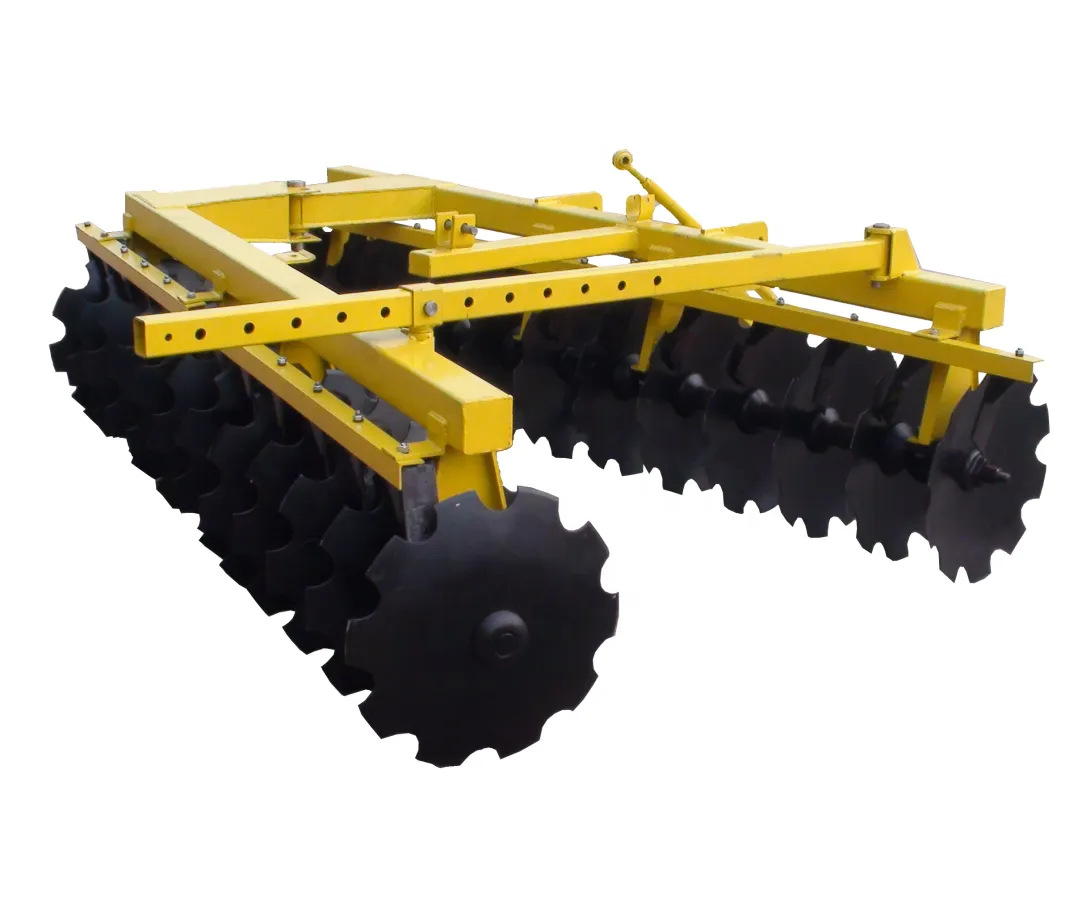
The use of harrow tools offers numerous benefits to modern agriculture:
1. Enhanced Crop Yield: By creating optimal seedbed conditions and minimizing weed interference, harrowing techniques can significantly improve crop yield potential.
2. Improved Soil Structure: Harrowing breaks up soil clods, combats compaction, and promotes proper soil tilth. This allows for increased water infiltration, root development, and nutrient availability.
3. Cost-Effective Weed Management: Regular harrowing reduces the reliance on herbicides and manual weeding, lowering production costs while maintaining effective weed control.
4. Environmental Sustainability: Harrowing reduces chemical inputs, promotes healthy soil microorganisms, and enhances soil water-holding capacity, contributing to sustainable farming practices.

The harrow tool remains an indispensable asset in modern agriculture, serving a variety of purposes to improve soil health, enhance crop growth, and maintain sustainable farming practices. Its versatility, ease of use, and cost-effectiveness make it a preferred choice for farmers worldwide. By incorporating harrowing techniques into their agricultural practices, farmers can maximize productivity, minimize weed interference, and foster long-term soil fertility.

